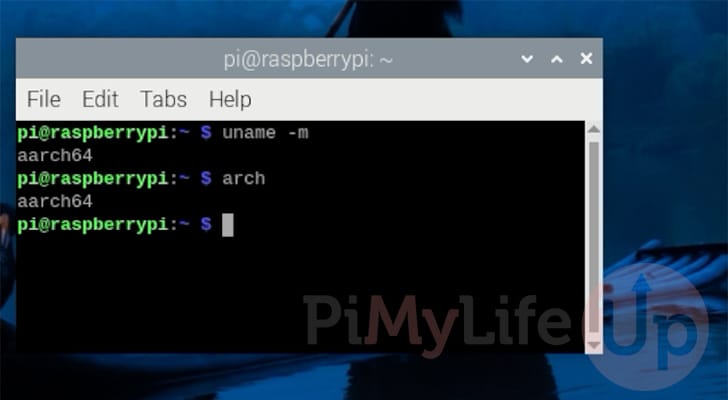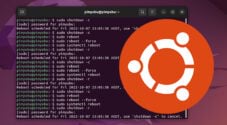In this quick guide, we will show you how to check if you are running a 32-bit or 64-bit version of Raspberry Pi OS.

Not all software for the Raspberry Pi can run on both 32-bit or 64-bit operating systems. This means you might have to know what version of the operating system you are using on your system from time to time.
This has become increasingly the case as there has been a bigger push towards using 64-bit operating systems on the modern Pi’s.
It is super simple if you are using a Raspberry Pi 2 or older, as they only have a 32-bit processor. Which means you will only be using the 32-bit release.
On the Raspberry Pi 3 and newer, you can run either a 32-bit or 64-bit operating system. If you installed this operating system a few months ago, you may have forgotten which version you installed.
In the next section, we will show you a very, very simple way to check the exact architecture of Raspberry Pi OS that you have installed on your Pi.
How to Check if you are using a 32-Bit or 64-Bit Version of Raspberry Pi OS
Luckily for us, checking the architecture of an operating system like Raspberry Pi OS is a super simple process. This is largely thanks to some functionality that is built into all Linux-based operating systems.
To print out whether you are using a 32-bit or 64-bit release of Raspberry Pi OS, you will want to use the uname command. This command allows us to print out information about our machine, including its architecture.
1. All you need to do to print the Raspberry Pi OS’s architecture is to use the following command in the terminal.
We use the “dpkg-architecture” command instead of “uname” due to the way the kernel works on your Raspberry Pi. Even if you are running a 32-bit system, the uname command can still report 64-bit due to the kernel.
Luckily for us, the “dpkg-architecture” command allows us to query the system for what type of packages it is set to install. Using this, we can tell whether you are running a 32-bit or 64-bit operating system.
dpkg-architecture --query DEB_HOST_ARCHCopy2. After running the command above, you will end up with a string like the one we have shown below.
This gives you the name of the ARM architecture that your operating system was compiled for. We can then take that string to determine if it’s a 64-bit or 32-bit OS.
arm643. Using the value you got from the uname command, you can easily determine whether you are running a 32-bit or 64-bit release of Raspberry Pi OS.
By using the list below, you can easily see whether your operating system’s architecture means if you are running a 64-bit or 32-bit OS.
- 32-bit:
- armv6l
- armv7l
- armv8
- armhf
- 64-bit:
- arm64
- aarch64
Using the list above, we can tell we are using a 64-bit operating system on our Raspberry Pi because its architecture was output as “aarch64“.
Conclusion
Hopefully, at this point, you will know how to quickly check if you are using a 32-bit or 64-bit version of Raspberry Pi OS.
This is a super handy command to know how to use, as it can become easy to forget what you installed, especially if you are dealing with multiple Raspberry Pi’s.
Please feel free to leave a comment if you have any questions about checking the architecture of Raspberry Pi OS.
If you found this quick guide to be useful, be sure to check out our many other Raspberry Pi guides.









